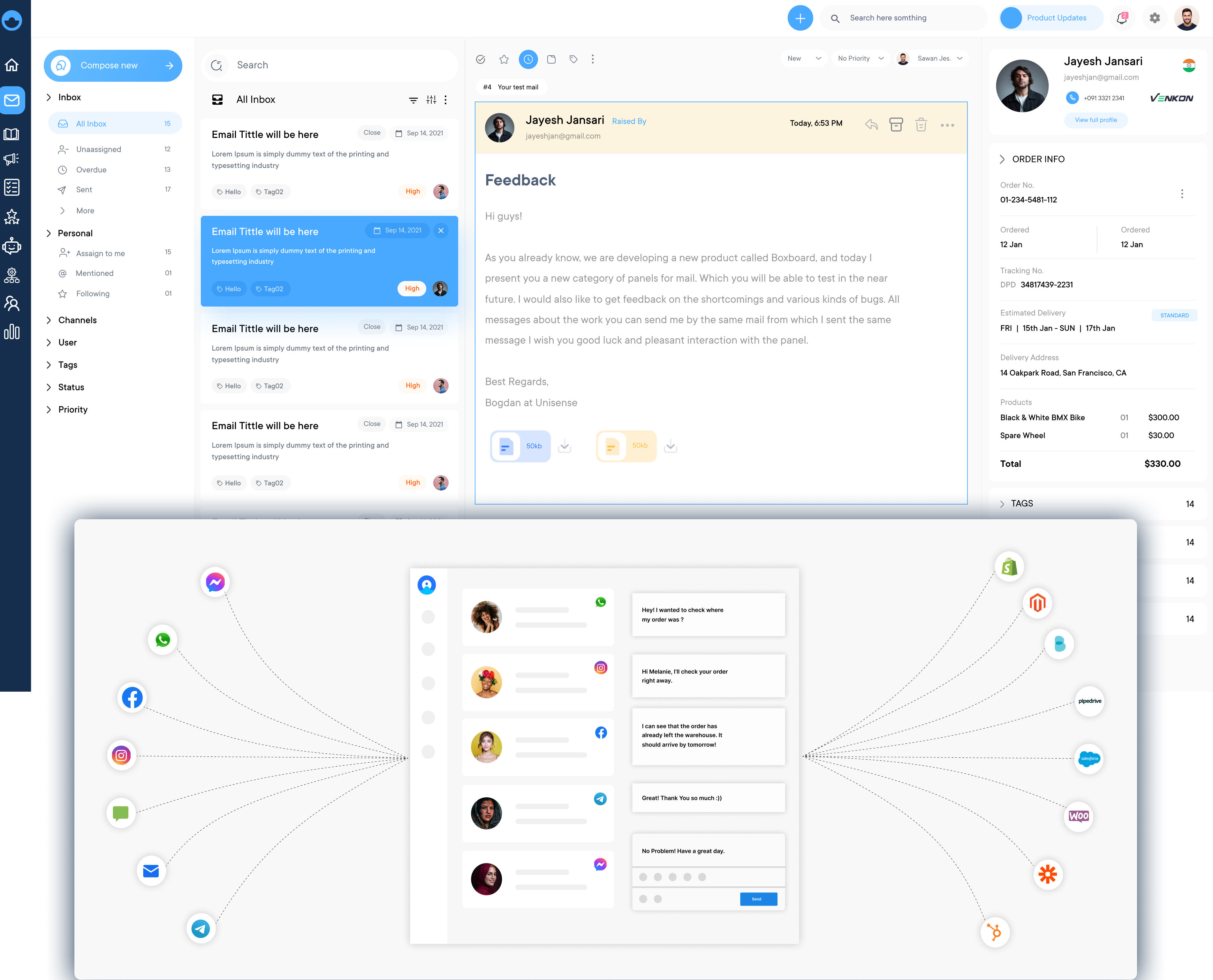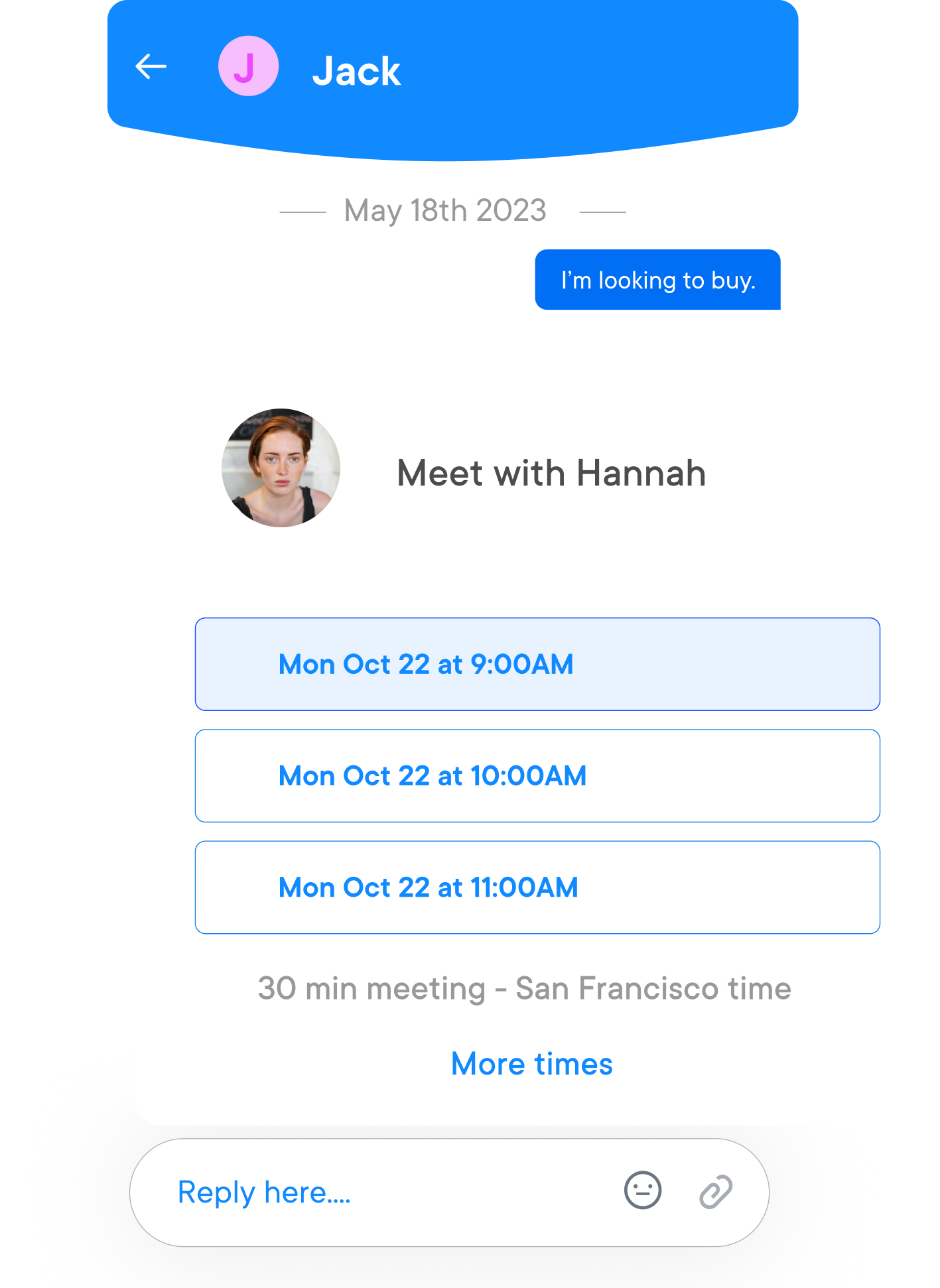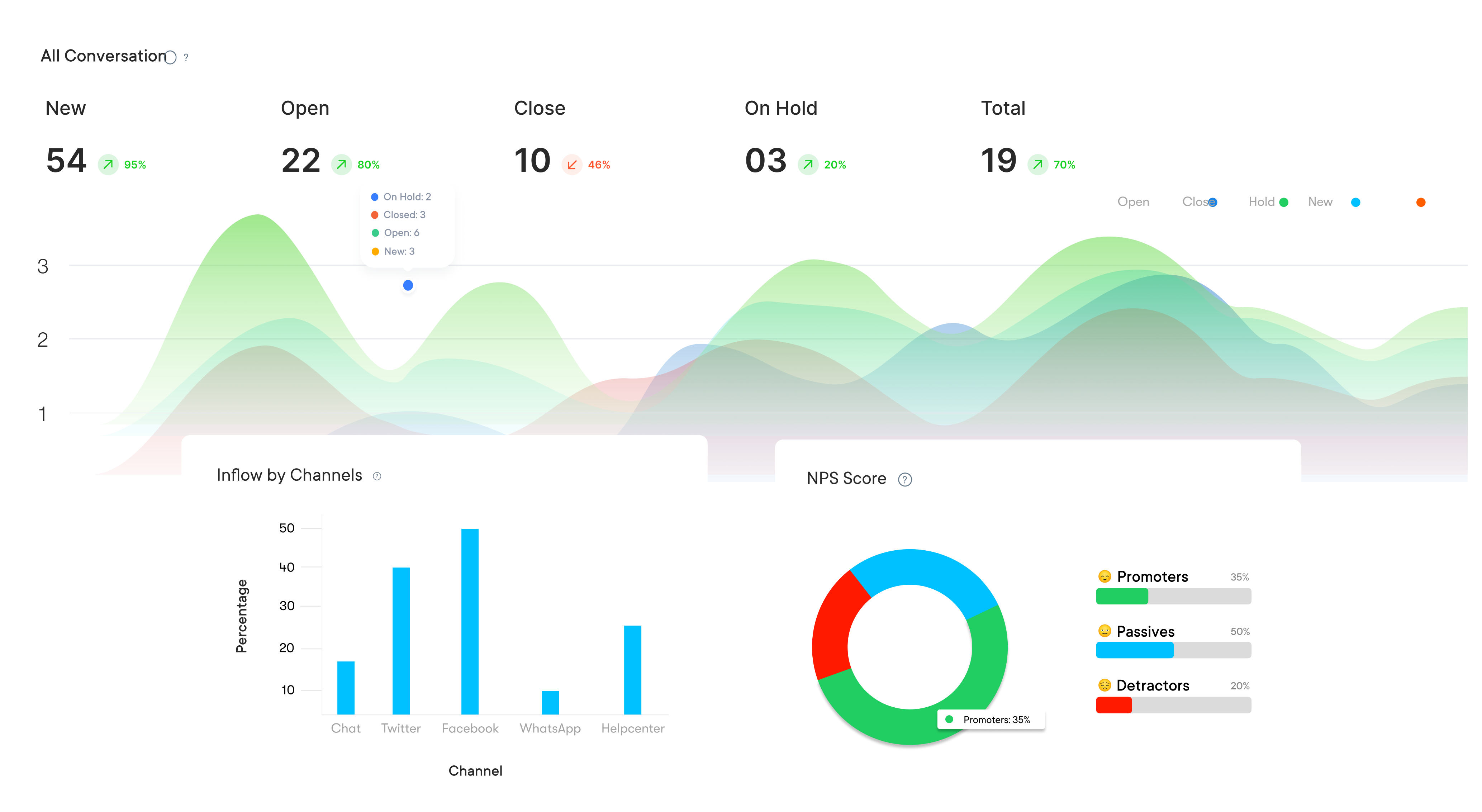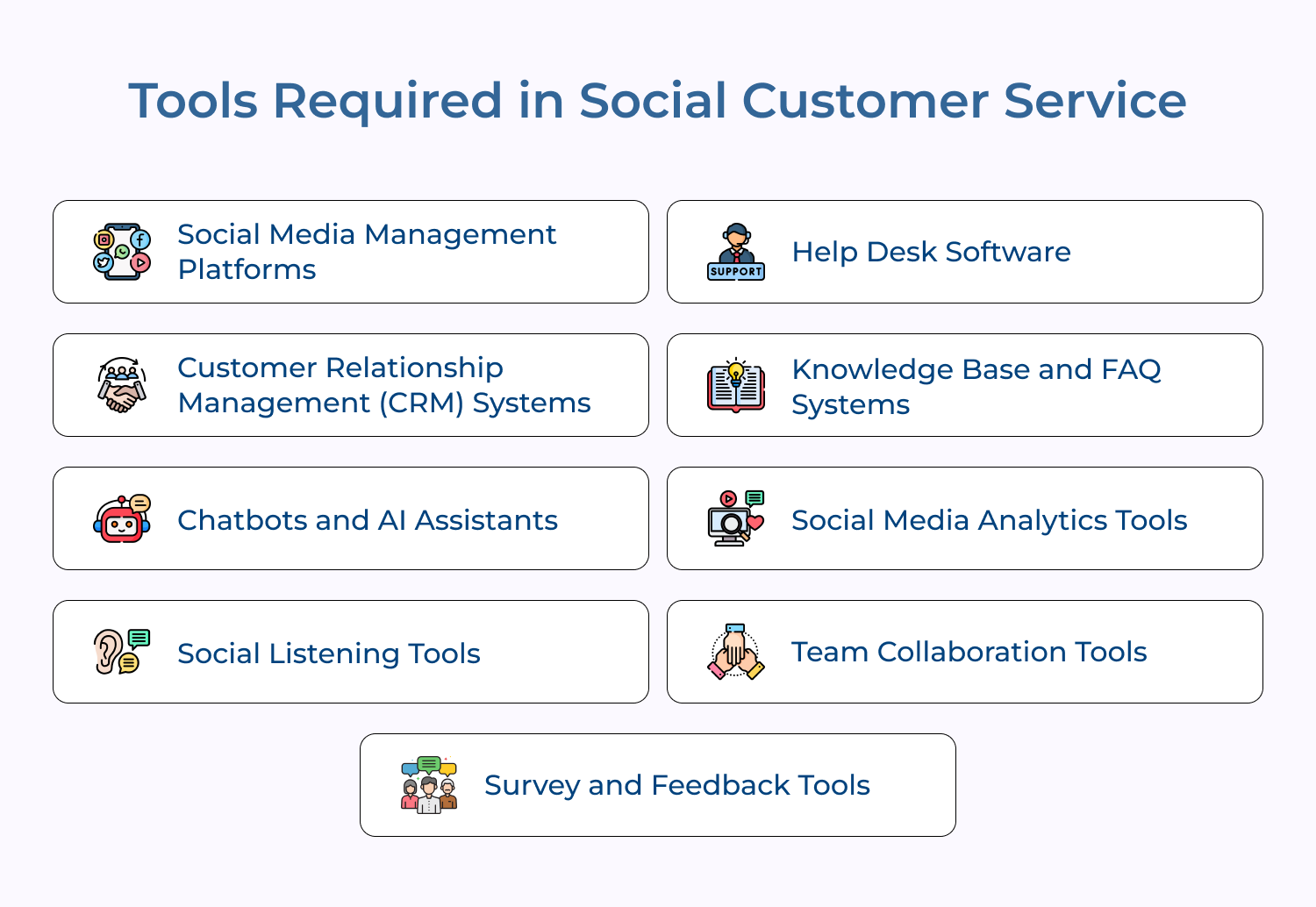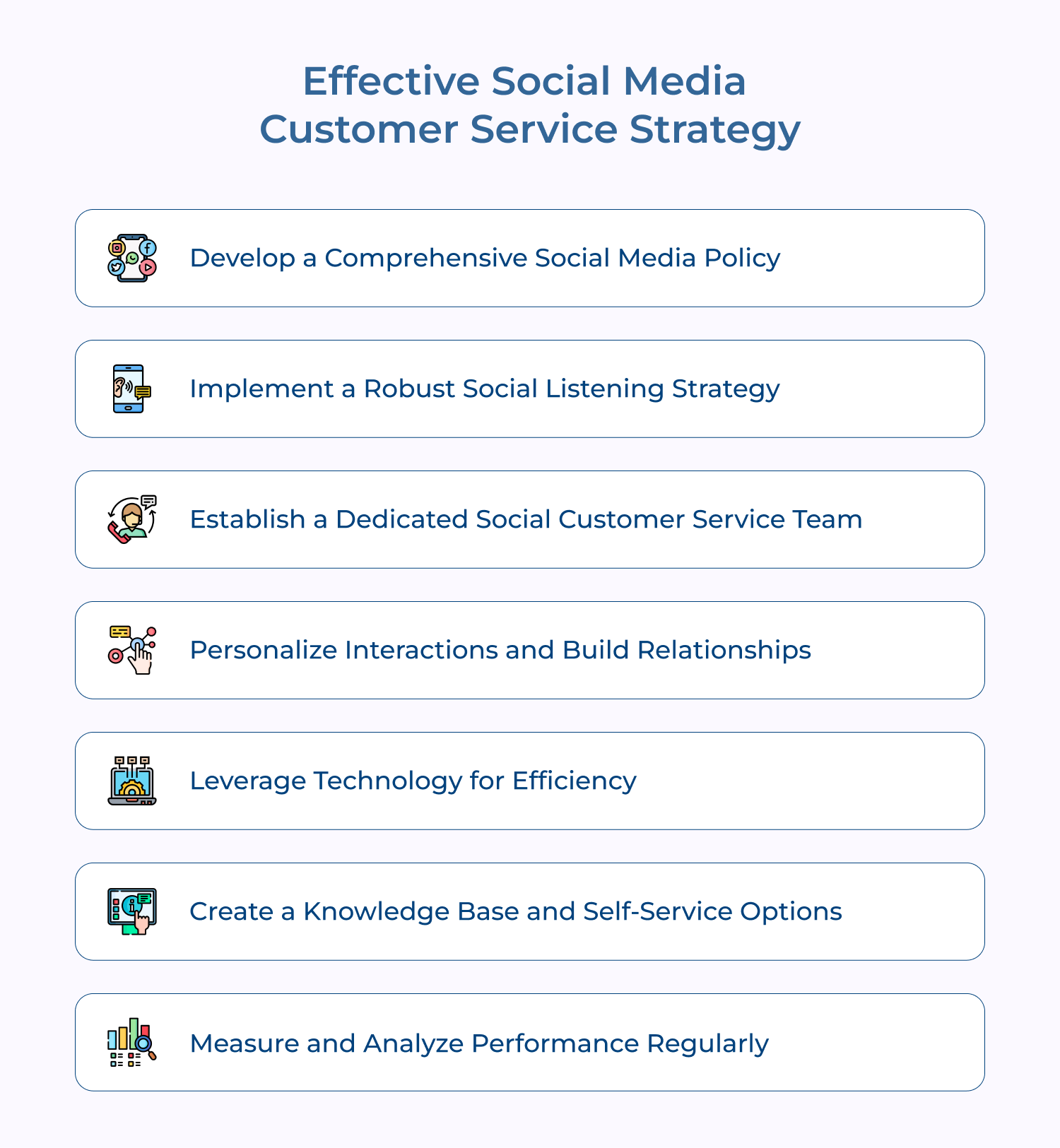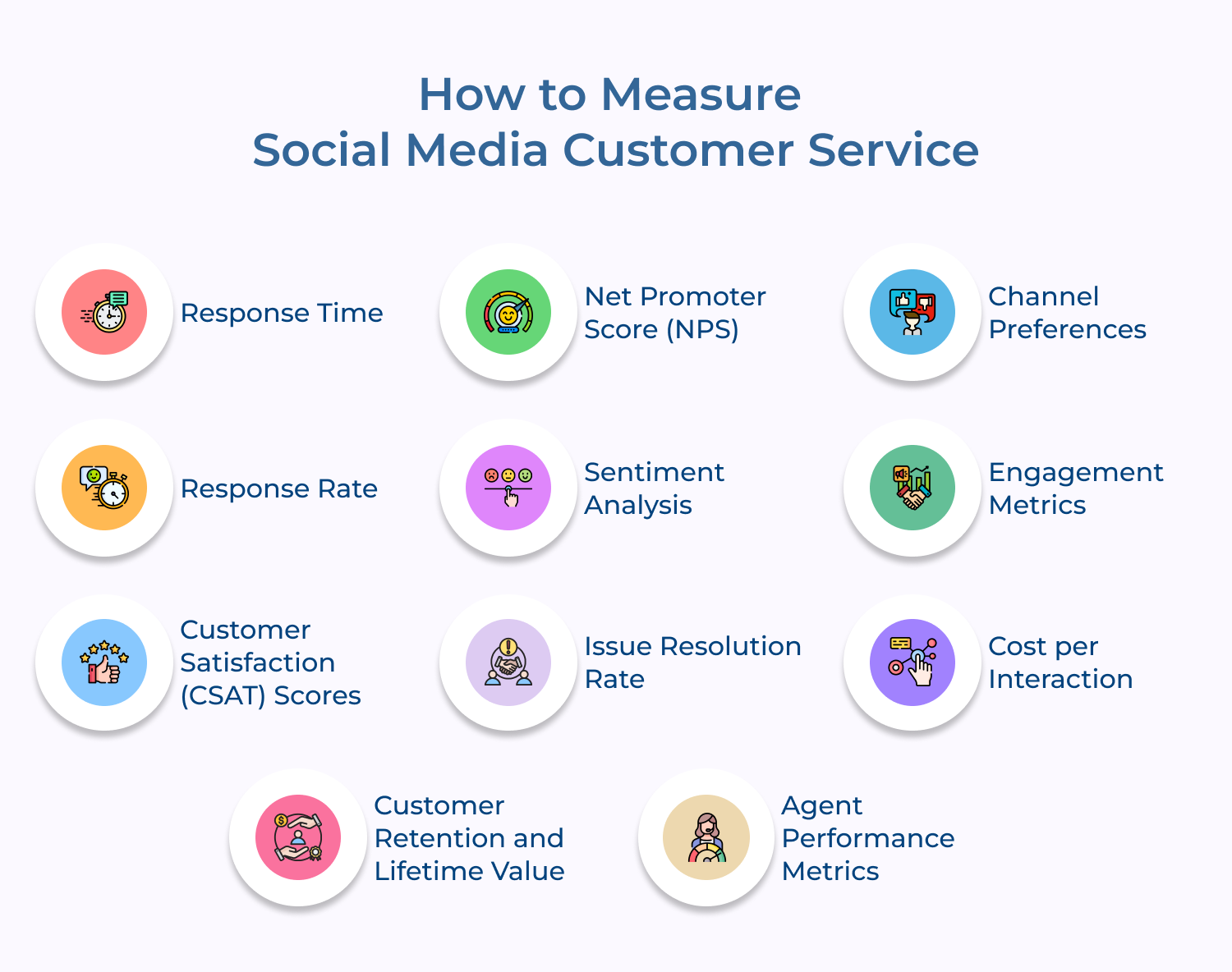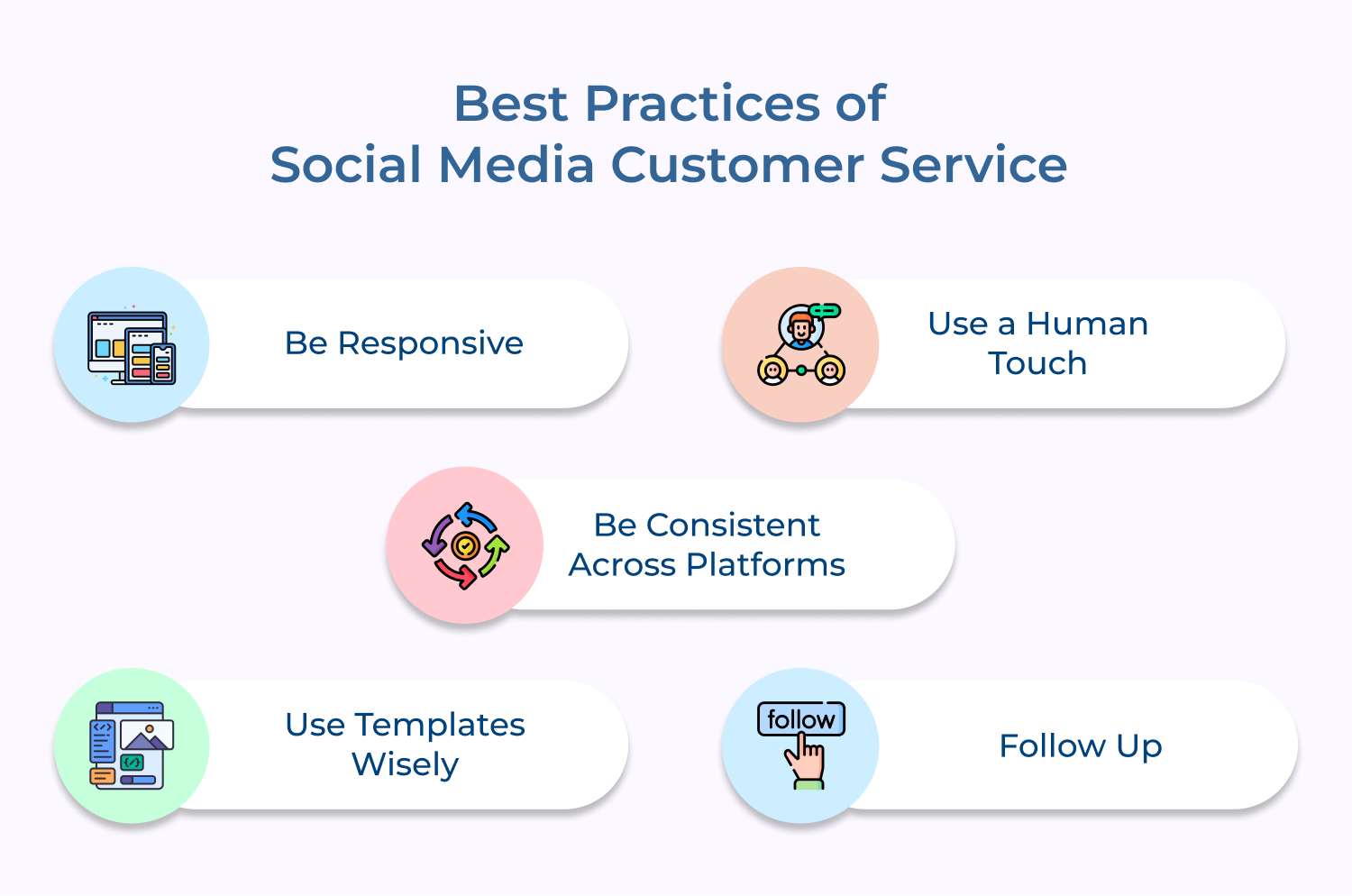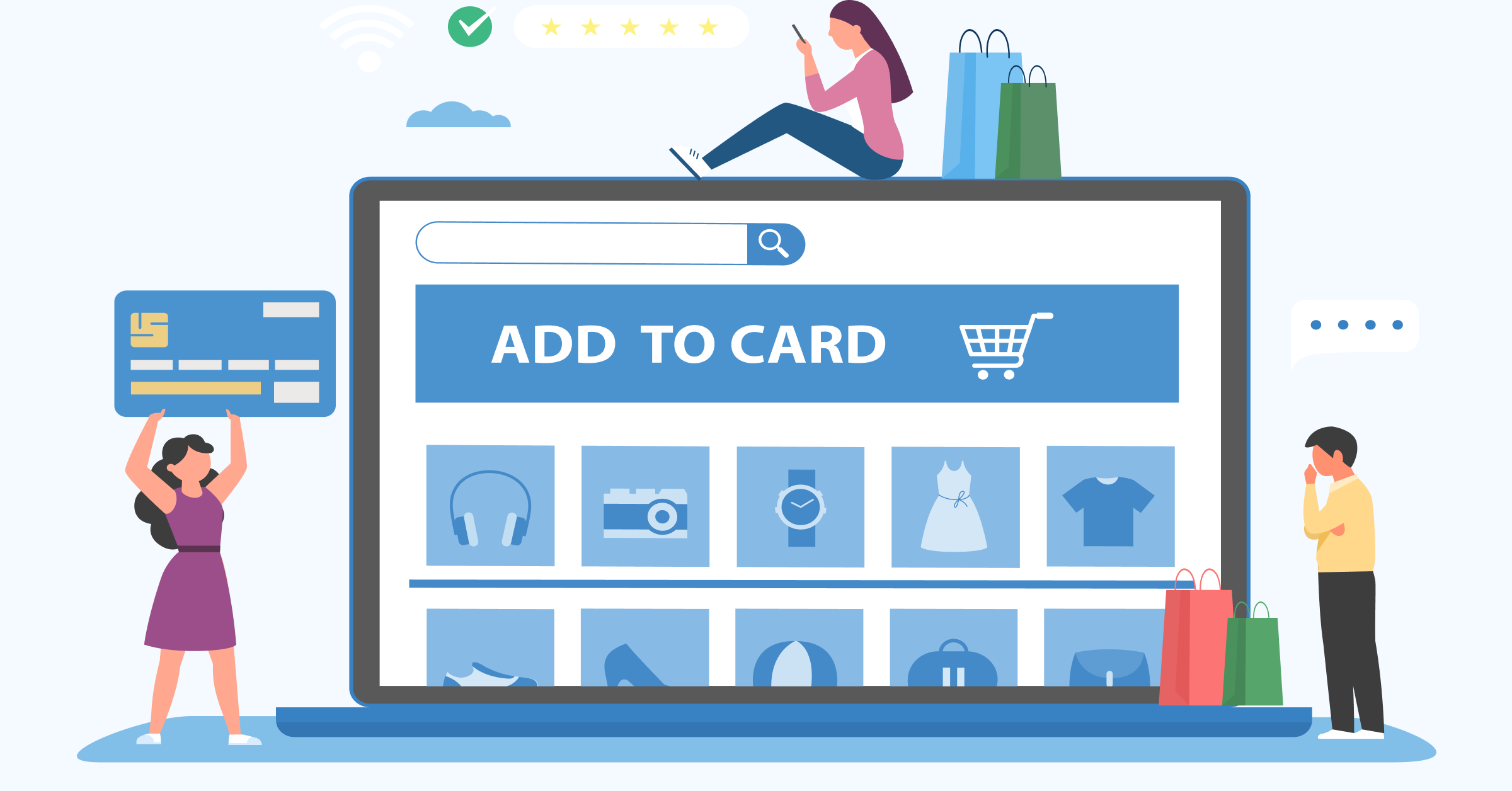1. Social Media Management Platforms
Help desk management software like Zendesk, Freshdesk, or Help Scout can integrate social media inquiries into a ticketing system. It ensures that no customer query falls through the cracks and allows for proper tracking as well as management of issues from first contact to resolution.
These tools enable customer service teams to respond to customer queries quickly, regardless of whether they are direct messages or public mentions. They also provide analytics to help teams understand response times, sentiment trends and overall performance.
2. Customer Relationship Management (CRM) Systems
A robust CRM system is crucial for maintaining a holistic view of customer interactions across all channels, including social media. Important platforms like Salesforce, HubSpot or Zendesk integrate with social media tools to create a unified customer profile.
When a customer reaches out via social media, agents can quickly access their purchase history, previous interactions and other relevant information. The context allows for more personalized and efficient service, as agents don’t need to ask for information the customer has already provided in past interactions.
3. Chatbots and AI Assistants
Artificial Intelligence-powered chatbots are becoming increasingly important in social customer service. Bots can handle simple queries automatically, freeing up human agents to focus on more complex issues. AI chatbots can provide instant responses 24/7, improving response times and customer satisfaction.
Advanced AI assistants can even understand context and sentiment, providing more nuanced responses. Key tools like MobileMonkey, ManyChat or Chatfuel can be integrated with popular social platforms to provide automated yet personalized customer service.
4. Social Listening Tools
While often part of larger social media customer service software, dedicated social listening tools like Mention, Brandwatch or Talkwalker offer more advanced features. These tools monitor social media platforms, forums, blogs and news sites for mentions of your brand, products or relevant keywords.
For customer service, social listening tools help identify potential issues before they escalate, spot trends in customer sentiment and even find opportunities to proactively assist customers who might not have directly reached out to the brand.
5. Help Desk Software
Help desk management software like Zendesk, Freshdesk, or Help Scout can integrate social media inquiries into a ticketing system. It ensures that no customer query falls through the cracks and allows for proper tracking and management of issues from first contact to resolution.
These systems often include features like ticket assignment, internal notes and performance metrics, which are crucial for managing a team of customer service agents across various channels, including social media.
6. Knowledge Base and FAQ Systems
A comprehensive, easily accessible knowledge base is invaluable for both customers and service agents. Popular tools like Confluence, Document360 or even WordPress can be used to create as well as maintain a searchable database of product information, troubleshooting guides and FAQs.
For social customer service, agents can quickly find and share links to relevant articles, reducing response times while ensuring consistency in information provided. Some advanced systems can even suggest relevant articles to agents based on the customer’s query.
7. Social Media Analytics Tools
While basic analytics are often included in social media management platforms, dedicated analytics tools like Socialbakers, Quintly, or Simply Measured offer deeper insights. These tools can help customer service teams understand peak times for customer inquiries, identify common issues and measure the impact of their efforts on overall customer satisfaction as well as brand perception.
Leveraging data analysis, teams can optimize their staffing, improve their response strategies and demonstrate the value of social customer service to stakeholders.
8. Team Collaboration Tools
Efficient internal communication is crucial for providing seamless customer service across social media channels. Tools like Slack, Microsoft Teams, or Flock allow customer service teams to quickly share information, seek help on complex issues and ensure consistent messaging.
These platforms can be integrated with other tools like CRM systems or help desk
software, allowing for seamless information flow between systems and team members.
9. Survey and Feedback Tools
To continuously improve social customer service, it’s important to gather feedback from customers. Top feedback collecting tools like SurveyMonkey, Typeform, or even native social media polling features can be used to conduct customer satisfaction surveys.
These tools can help measure Net Promoter Score (NPS), Customer Satisfaction Score (CSAT) or other key metrics. By regularly analyzing this feedback, teams can identify areas for improvement and track the success of their social customer service efforts over time.
